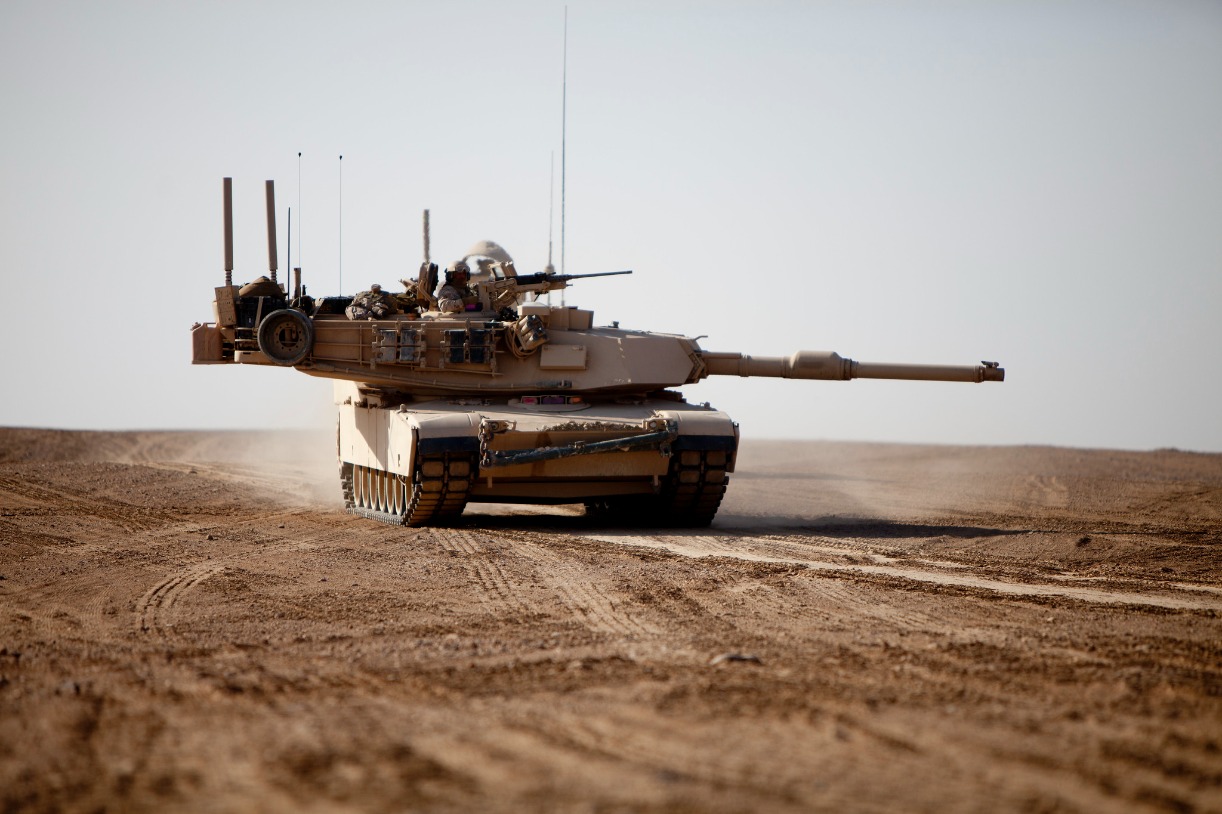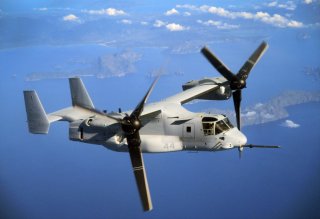On Force Design 2030, Marines Must Push Through the Dissent
Force Design 2030 offers a vision; Marines of all ranks and experience need to provide solutions.
The Marine Corps weathers storm after storm when the nation calls, but no storm has been more disruptive or threatening to the culture of the institution than the persistent, public criticism of Force Design 2030 by retired senior leaders and their allies in Congress and the media. Multiple examples have surfaced just in the past month, including a Wall Street Journal piece suggesting that the Marine Corps may be unable to respond to other crises around the world, and a piece by retired general officers including prior commandants also suggesting that the Marine Corps is presently unable to continue serving as a “911” force because of structural changes to the force. Both pieces are devoid of actual evidence that the Marine Corps has been unable or unsuccessful at any mission or operation, nor do they offer analysis of the investment and reinvestments made by the Marine Corps. Finally, neither offers a meaningful solution.

Force Design 2030 was implemented in 2018 by the 38th Commandant, General David Berger. It represents a necessary paradigm shift and departure from the ground wars of Iraq and Afghanistan to near-peer, multi-domain conflicts and threats; the obvious pacing threat is China. The Marine Corps looks to restructure around the concept of a Marine Littoral Regiment that can provide a “stand-in force” and conduct distributed operations in smaller formations throughout a contest littoral environment. The purpose of Force Design 2030 is to enable Marines to provide maritime defensive and offensive capabilities to a naval expeditionary force in support of a naval campaign, which requires divestments and investments in force structure and systems. The Commandant releases an annual update that provides transparency to the process and briefs changes as they arise.
Near peer conflict will see fewer direct-action operations with much of the fighting taking place in a multi-domain environment. To maintain its relevance, the Marine Corps needed to change. The result has been a net positive to the force structure and has inspired a new generation of Marines accustomed to fluidity and critical thinking instilled during the most introductory training. Force Design 2030 has been validated on the battlefield and in testing; the notion that its implementation has been a detriment to other missions outside of Expeditionary Advanced Base Operations (EABO) is easily refuted.
A cursory review of the Marine Corps’ activities in the last 18 months offers a profound rejection of this suggestion. Notwithstanding the structural transformation, Marines have continued to rapidly deploy in support of a variety of operations. In August 2021, Task Force 51/5 and the 24th Marine Expeditionary Unit (MEU) reinforced Kabul and conducted the largest non-combatant evacuation operations (NEO) in history. In 2022, Marines deployed to the Baltics to reinforce NATO and United States European Command following Russia’s invasion of Ukraine. The 26th MEU was just recently deployed to the Middle East in support of freedom of navigation (FON) and counter-terrorism operations. On many occasions, Marines have been called upon to support foreign and domestic humanitarian assistance and disaster relief, most recently in August when the 31st MEU was put on alert to assist Papua New Guinea following a volcanic eruption. Marines are also forward deployed in South America and the Pacific conducting inter-agency missions to combat drug and human trafficking. Finally, Marine Rotational Force – Darwin (MRF-D) has continued to operate since 2012, training alongside Australian forces to enhance interoperability and deter further aggression in the South Pacific. There is no evidence that Marines are incapable of supporting a multitude of operations or serving as a crisis-response force. The institution is not suffering from “hyper optimization” and clearly has not ignored any one region or combatant command.
Force Design is criticized for relying on unchallenged assumptions, but successes on the battlefield have validated many of those assumptions. The Ukraine conflict offers a firsthand look at Force Design tenets in action. Despite vast disparities in equipment, personnel, and financial resources between Russia and Ukraine, Ukrainians have inflicted catastrophic damage on the Russians using many of the same concepts into which Marines are leaning. First, Ukraine has been fighting in small, disaggregated formations that successfully leverage offensive and defensive missile and rocket capabilities. Second, Ukraine has employed drones and other sensors to collect and process intelligence and attack Russian heavy weapons and disrupt Russian formations. Ukraine has shortened its kill chain, vastly outpacing its enemy. Finally, and perhaps most importantly, Ukraine has devastated the Russian Navy without direct sea battles, employing anti-ship weaponry that the Marine Corps is now fielding in replacement of legacy cannon batteries.

The Marine Corps cannot invest in new systems and capabilities without sacrificing others and it has done so without compromising its Title X mission – seizure or defense of advanced naval bases and other land operations in support of naval campaigns – and without disrupting its ability to continue as a rapid crisis-response force. The only thing it cannot do is fight a large tank battle. Fortunately, this is not the Marines’ role.
The Marine Corps needs vision and solutions. Force Design 2030 offers a vision; Marines of all ranks and experience need to provide solutions. Public criticisms have been a needless distraction that has sowed the seeds of uncertainty and doubt throughout the ranks. Marines are being forced to consider competing perspectives when they should be focused on the mission and each other. When highly respected retired leaders attack the institution, it is detrimental to the cohesion and progress of the force, which threatens readiness and lethality. The publicized debate among senior officers is antithetical to our ethos. Debate is honorable, but Marines need to have the courage to embrace change and the commitment to see it through.

To that end, the Marine Corps must have the structure and capabilities to maintain its relevance to the naval campaign and that is why the paradigm shift was necessary and why Force Design 2030. The Marines have demonstrated repeatedly that they can do both and each Marine Expeditionary Force (MEF) and MAGTF has adapted to changing conditions and requirements.
About the Author
Richard Protzmann is an attorney in Newport Beach, California, and a Captain in the United States Marine Corps Reserve. The views expressed are those of the author and do not necessarily reflect those of the U.S. Marine Corps the Department of Defense, or the U.S. Government.
This article was first published by RealClearDefense.

